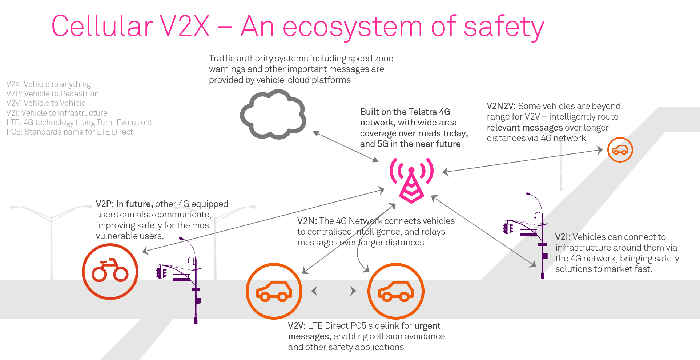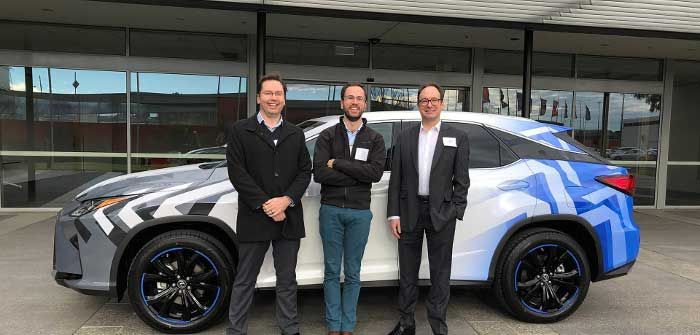The Victoria State Government has awarded a US$2.5m (A$3.5m) grant to Telstra and Lexus Australia to run the country’s first connected vehicle field trial using advanced 4G mobile networks to offer Cellular Vehicle-to-Everything (C-V2X) communications.
As part of the Victoria Government’s US$6.4m (A$9m) ‘Towards Zero’ Connected and Automated Vehicle Trial Grants Program, project partners Telstra, Lexus Australia, VicRoads and the TAC (Transport Accident Commission) insurance organization, will gain a better understand of this potentially life-saving technology, with a view to making it available on production vehicles over the coming years. The Victoria Government is investing heavily in connected and automated vehicle (CAV) trials in order to assess their potential to make the state’s roads safer and less congested. The grant program is managed by VicRoads and the TAC through the Towards Zero Action Plan to support industry to research a range of on-road initiatives to benefit road safety on both metropolitan and regional roads.
The new grant has been awarded to develop, test and research Lexus vehicles fitted with Cellular V2X technology, as well as advanced driver assist features, including crash warning systems and lane keeping assist. The Telstra/Lexus trial will allow cars to connect directly to each other and, through cloud servers, to traffic management centers and other services using 4G C-V2X technology. Initial trials will begin on Victorian test tracks later this month, with on-road trials set to begin in the first part of 2019.
The Advanced Connected Vehicles Victoria (ACV2) project will deploy two Lexus vehicles equipped with C-V2X technology to trial its efficiency in a variety of scenarios. For example, if a test vehicle ahead performs an emergency brake, it will send this message to a C-V2X-equipped car following, potentially before a forward collision radar sensor or driver notices the event. In these situations, mere milliseconds can make a huge difference. The ACV2 partners will also be investigating other applications, such as how to securely send speed zone, traffic light timing, and other signals to cars, so that all this real-time information can be available just-in-time and help prevent road trauma.
While a large proportion of Victoria’s roads already have reliable cellular mobile coverage, it is not everywhere. However, the strength of C-V2X technology is that it combines both short-range radios, which allows vehicles to communicate directly with one another using cellular technology, but without going via a cellular network, and wide-area 4G-based mobile communications when available. So, even in the case that there is no mobile coverage, the most urgent safety messages will still get exchanged between units.
Victoria’s Minister for Roads and Road Safety, Jaala Pulford, said, “We are leading the nation in connected and automated vehicles, and this technology will be vital to making our roads safer for all Victorians.”
Telecommunications company Telstra’s chief technology officer, Hakan Eriksson, commented, “We are delighted to have the Victoria Government’s support for this innovative technology project, which enables us and Lexus Australia to be among the first to trial this world-leading technology to make our roads safer and less congested.”






